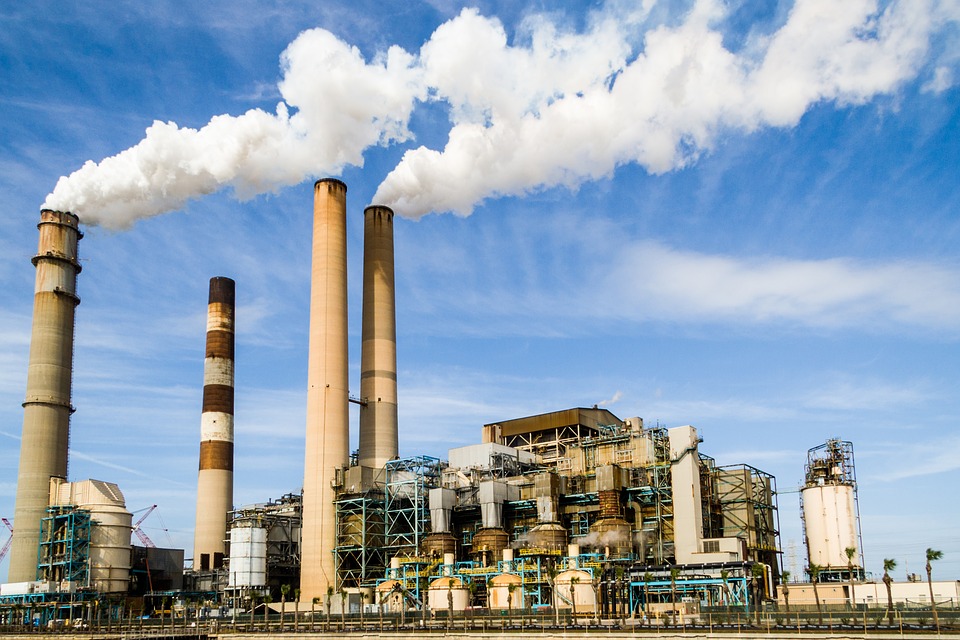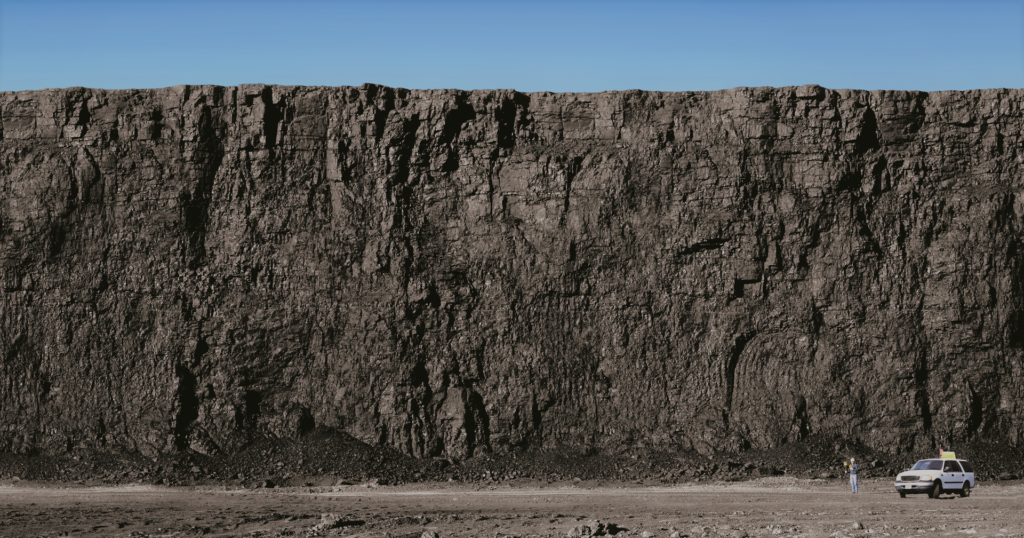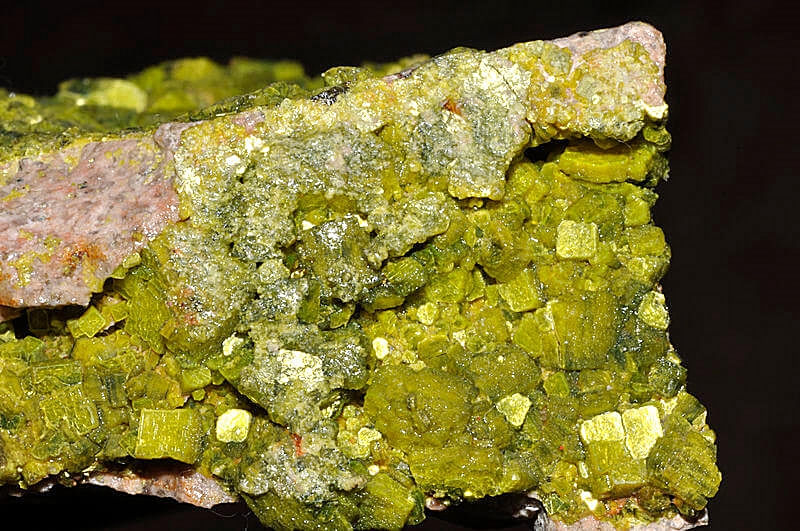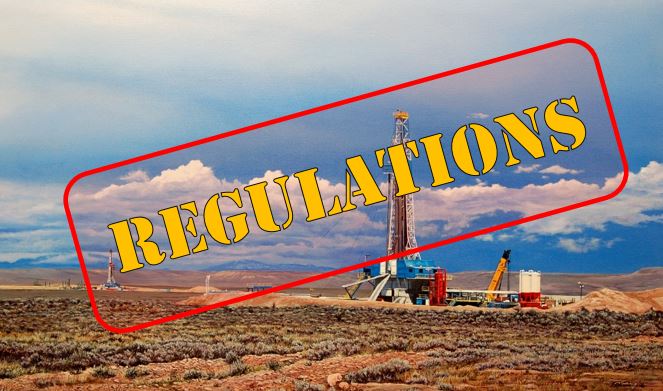Sadly, many political leaders on both sides still think big environmental problems require federal solutions (as opposed to individuals, businesses, or even state and local governments). But this approach proves federal authority doesn’t necessarily require heavy-handed dictates from Washington.
But What Will Take Its Place?
In high school and college I competed in debate tournaments across the state and country, and remember many occasions when a debate team’s plan would include abolishing some government program. Inevitably, the opponents would ask, “What will you replace it with?” Only once did I hear any debater respond with, “Nothing. Nothing at all. Government shouldn’t be doing that at all.” Everyone in the room was stunned, and that team lost.
Even today, most people find it hard to imagine abolishing anything. That’s why Reagan once quipped that a government program is the closest thing to eternal life on the planet. I couldn’t help reflecting on it a couple weeks ago, when the EPA released its new version of 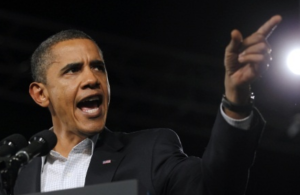 the “clean power plan,” the Obama Administration’s thinly-veiled attempt to kill the coal industry. More than half of the States sued, and the Supreme Court suspended it as an unauthorized expansion of the agency’s authority under the Clean Air Act. That was two and a half years ago, and after the election the Trump Administration withdrew the Obama plan. The entire discussion has been in limbo since, but now we have a new EPA with a new plan, now called the “Affordable Clean Energy” rule, to debate.
the “clean power plan,” the Obama Administration’s thinly-veiled attempt to kill the coal industry. More than half of the States sued, and the Supreme Court suspended it as an unauthorized expansion of the agency’s authority under the Clean Air Act. That was two and a half years ago, and after the election the Trump Administration withdrew the Obama plan. The entire discussion has been in limbo since, but now we have a new EPA with a new plan, now called the “Affordable Clean Energy” rule, to debate.
We always knew this was coming. The real debate stems from an earlier controversy, at the beginning of the Obama era, when the EPA declared carbon dioxide a dangerous pollutant. That “endangerment finding” was also widely challenged, because Congress never authorized the EPA to regulate the essential air we breathe as a “greenhouse gas.” Nevertheless, the Supreme Court backed the EPA’s authority, so that formed the basis for the clean power plan, a host of other regulations, and U.S. participation in the Paris Climate treaty. Lots of observers were, therefore, very guarded in their enthusiasm when President Trump withdrew from the Paris deal, and cancelled the clean power plan. That’s because his new EPA has, so far, made no effort to revisit the “endangerment finding.”
That is problematic, because EPA probably cannot legally declare something to be a dangerous pollutant, but then decline to regulate it. So the concern was that if EPA did not reverse the “endangerment finding,” federal courts would eventually order a new “clean power plan” anyway. That is why the EPA has released this new plan. However, the new plan is nothing like the original, an outright attack on the very existence of the coal industry. Instead, EPA now acknowledges that our most abundant and affordable energy source can be used without destroying anything.
Sadly, many political leaders on both sides still think big environmental problems require federal solutions (as opposed to individuals, businesses, or even state and local governments). But this approach proves federal authority doesn’t necessarily require heavy-handed dictates from Washington.
Global Energy Institute President Karen Harbert says the new plan calls for “a more collaborative process that fits within EPA’s statutory authority and will result in achievable progress through more practical, state-driven programs.”
As the Clean Air Act intended, EPA now says States can develop and enforce performance standards. States have broad flexibility to consider their unique circumstances. One-size-fits-all federal regulation rarely succeeds in environmental matters. Pittsburgh’s pollution has nothing to do with Grand Junction; what works in Miami will not work in Los Angeles. Local leaders are better arbiters, because they know the territory better than distant bureaucracies can.
The new rules are based on what can be achieved “inside the fence” of a power plant. We shouldn’t expect a Western Slope utility to stop generating power because of some dubious theory about polar bears. Further, the new approach will encourage investment in upgraded technologies, because such improvements will no longer automatically trigger costly permitting requirements. The previous rule discouraged such investment, defeating its own purpose. Finally, the new rules will no longer shut down existing power plants before their useful life is over, or their financing paid off. Such waste drove average electric rates up 60 percent in many areas under Obama – hurting those least able to pay.
Ironically, EPA estimates that U.S. CO2 emissions will continue to decline at about the same rate (roughly 33 percent from 2005 to 2030) under the new plan, as under the Obama plan, and under no new regulation at all. In other words, our emissions are declining anyway, not because of government intrusion, but because of improving technology.
The new EPA plan is a significant improvement. Now, let’s also abolish the “endangerment finding,” and replace it with – nothing at all.
A version of this column appeared in the Grand Junction Daily Sentinel September 14, 2018.
See more from Greg Walcher here
Free Range Report
Thank you for reading our latest report, but before you go…
Our loyalty is to the truth and to YOU, our readers!
We respect your reading experience, and have refrained from putting up a paywall and obnoxious advertisements, which means that we get by on small donations from people like you. We’re not asking for much, but any amount that you can give goes a long way to securing a better future for the people who make America great.
[paypal_donation_button]
For as little as $1 you can support Free Range Report, and it takes only a moment.
